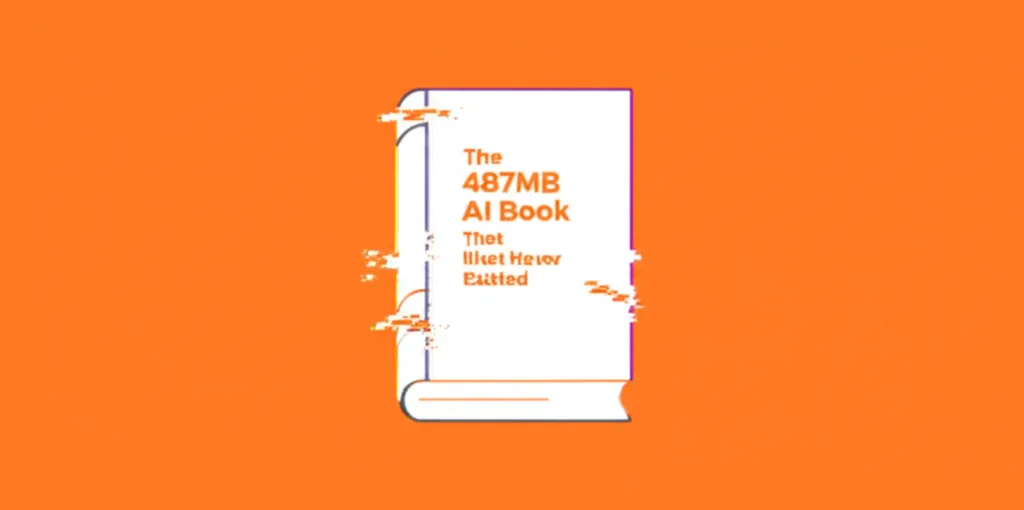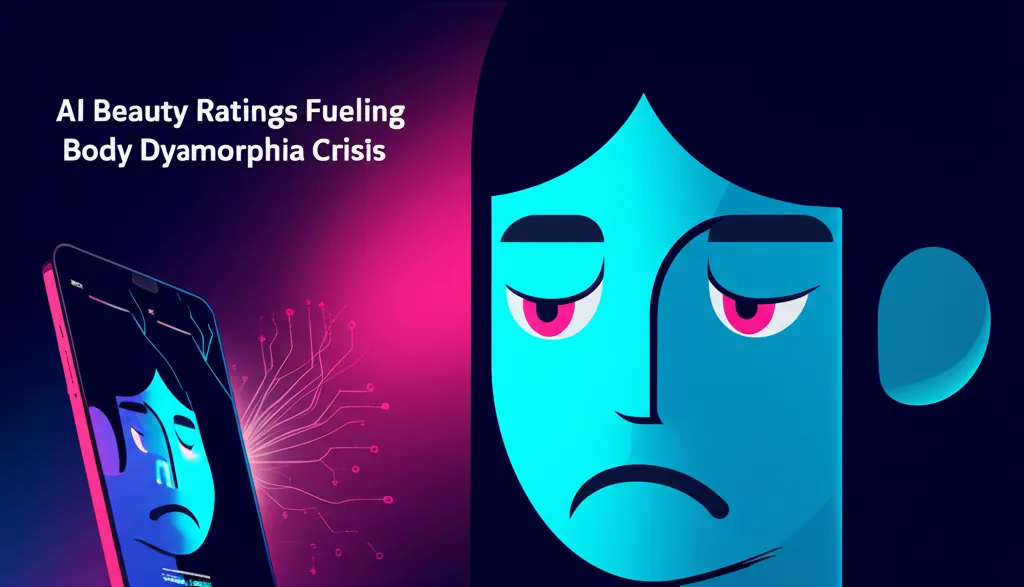Embrace AI To Supercharge Your Graphic Design Career
I still remember the soul-crushing project: a set of headshots for a law firm. One partner’s frizzy hair had me zoomed in at 400% in Photoshop, tediously tracing every stray strand with the Pen Tool. It was the kind of grunt work we were told builds character and defines a professional.
If you're a designer, you have a similar story. For years, that was a huge part of the job. Now, with "AI" becoming the buzzword of the decade, a wave of panic is rippling through the creative world. Are we all about to be replaced by an algorithm?
Let's put that fear to rest. AI isn't the enemy; it's the creative partner we've always wanted. These tools aren't here to steal our jobs—they're here to eliminate the boring parts. They handle the pixel-pushing so we can focus on what truly matters: big ideas, clever strategies, and human connection. This isn't the end. It's an opportunity to redefine what it means to be a designer.
You're the Director Not the Doer
The first step is a mindset shift. AI isn't a magic button for finished work. It's an incredibly fast, slightly strange, but endlessly enthusiastic intern. It can generate a hundred concepts in minutes, but it has zero taste.
That's where you come in. Your role evolves from a "maker" to a "creative director." You hold the vision. You understand the client's goals and fears. An AI can create a pretty image, but it can't grasp why a certain layout will reassure a nervous customer or why a specific shade of green resonates with an eco-conscious audience. That's your superpower, and it just became ten times more valuable.
Kickstart Your Creativity with AI
So, how does this work in reality? You bring AI into the very beginning of your process—the messy, brainstorming stage. A platform like Adobe Express is perfect for this, acting as a creative playground with powerful AI under the hood.
Imagine a new client—a local bookstore—wants a brand refresh described as "cozy, classic, but with a modern twist." Instead of spending hours on a mood board, I can now talk to the AI with prompts like:
- "Logo concept for an independent bookstore, hand-drawn raven illustration, vintage serif font."
- "Photo of a cozy reading nook with a worn leather armchair, a steaming mug of tea, and a stack of classic novels."
- "Pattern design using minimalist icons of books, glasses, and inkwells for a website background."
In less time than it takes to brew coffee, I have a dozen tangible starting points. They aren't final, but they allow me to show the client a vision instead of just talking about one, accelerating the entire project.

Automate the Annoying Stuff
Once you have a direction, let AI handle the tasks that used to drain your energy.
- The Cut-Out Game: My frizzy-haired lawyer problem? AI-powered background removal tools now solve that in a single click. It's a genuine boost to my daily happiness.
- The Resize Nightmare: When a client needs a finished design in five different formats, you no longer have to spend an hour cropping and rearranging. Smart tools in Adobe Express can resize and reformat designs automatically for anything from social media to a standard poster.
- Endless Mockups: Showing a logo on a tote bag used to mean finding a stock photo and carefully warping the design. Now, AI generates these mockups in seconds.
Even for logo creation, AI can be a brainstorming partner. You can use a free logo generator to get started. While it likely won't produce the final version, it might offer a shape or font pairing you hadn't considered, which you can then perfect in a pro tool like Illustrator.
The Irreplaceable Human Skills
This is the most important part. As AI handles more technical work, your human skills become your primary selling point. These abilities will define top-tier designers from now on:
- Strategy: An AI can't have a deep conversation with a CEO about their five-year business goals and then develop a brand strategy to match. You can.
- Empathy: An AI can't read a client's body language or build the trust that turns a single project into a long-term partnership. You can.
- Taste: An AI provides endless options. Knowing which one is right—the one with soul, style, and the perfect message—is an art form. Your taste is your most valuable, un-automatable asset.
- Storytelling: Great design is more than aesthetics; it's about telling a story at a glance by tapping into shared cultural memories and human emotions. That remains our job.
Your Turn to Play
The anxiety around AI is understandable but misplaced. The only designers who should worry are those who refuse to evolve. The curious, the playful, and those who see a new tool and ask, "What can I build with this?" will be the ones who thrive.
Don't wait. Open up Adobe Express, enter a ridiculous prompt, and see what you get. Let the machines handle the boring stuff so you can get back to the fun, weird, and wonderfully human work of being a great designer. This isn't man versus machine; it's you, with a brand-new superpower.


